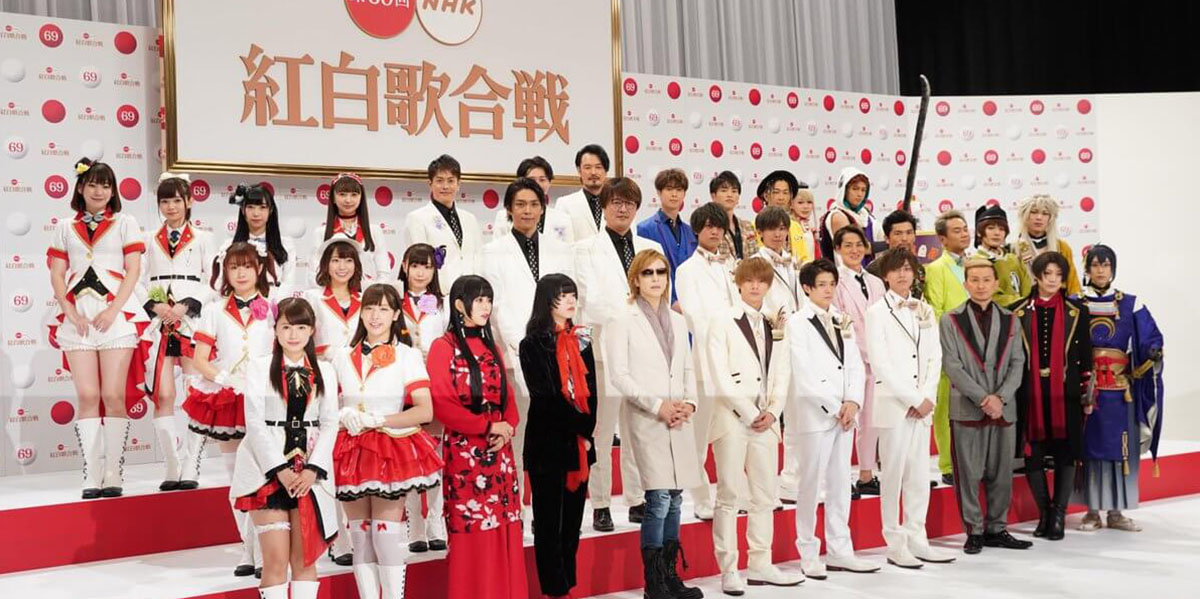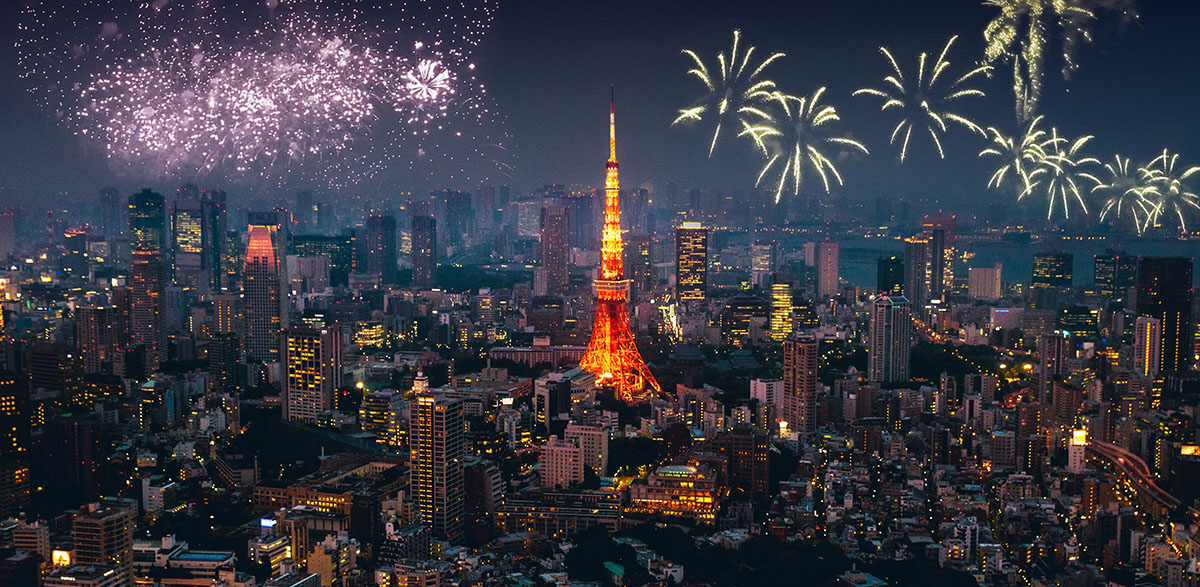
Japan It has many traditions, but according to the time of year it occurs to me that it is a good time to talk. New Years Eve Traditions of Japan. On this side of the world "end of the year" means Christmas and New Years, but Japan is certainly not a Christian country.
Still, there are certain imported Christmas traditions that are a sensation these days. But the important thing is to know that there are traditions of the New Year and we will talk a little about all this in our article today.
Japan and its end-of-year traditions
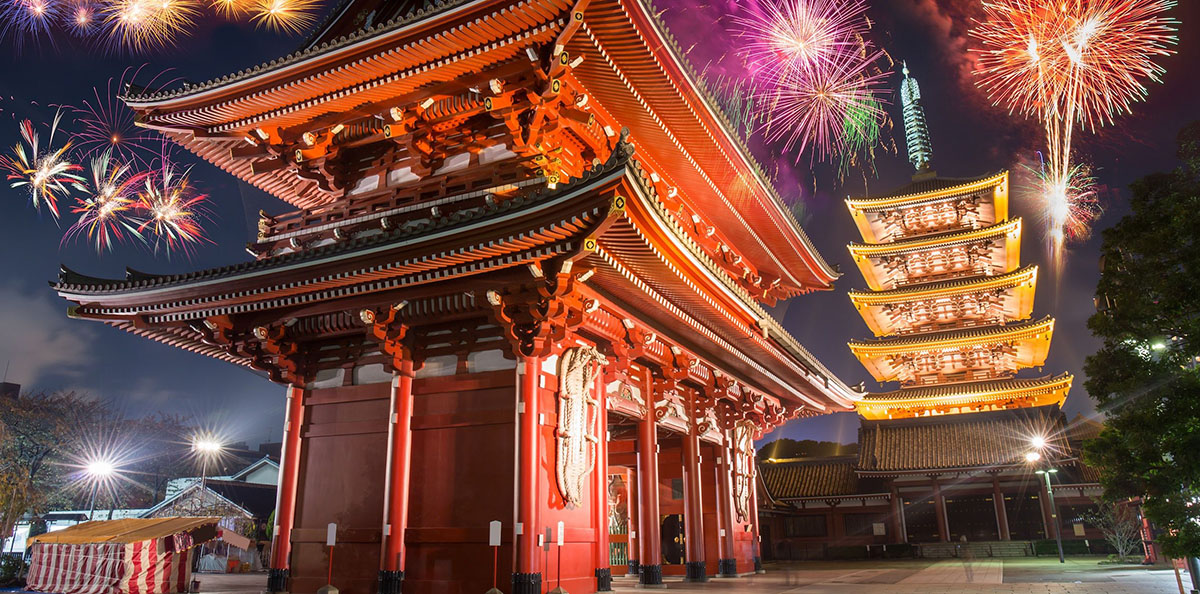
First you have to say that New Year celebrations are the most important of the Japanese holidays. The New Year is called shogatsu and for a few days, between January 1 and 3 in general, families get together and most of the commercial premises draw the blinds.
A custom that has become somewhat lost in the West is the sending end-of-the-year cardsor, calls here baby, but here it is still very popular. You have to send them before a certain date because it is best if they arrive on the same day, January 1.
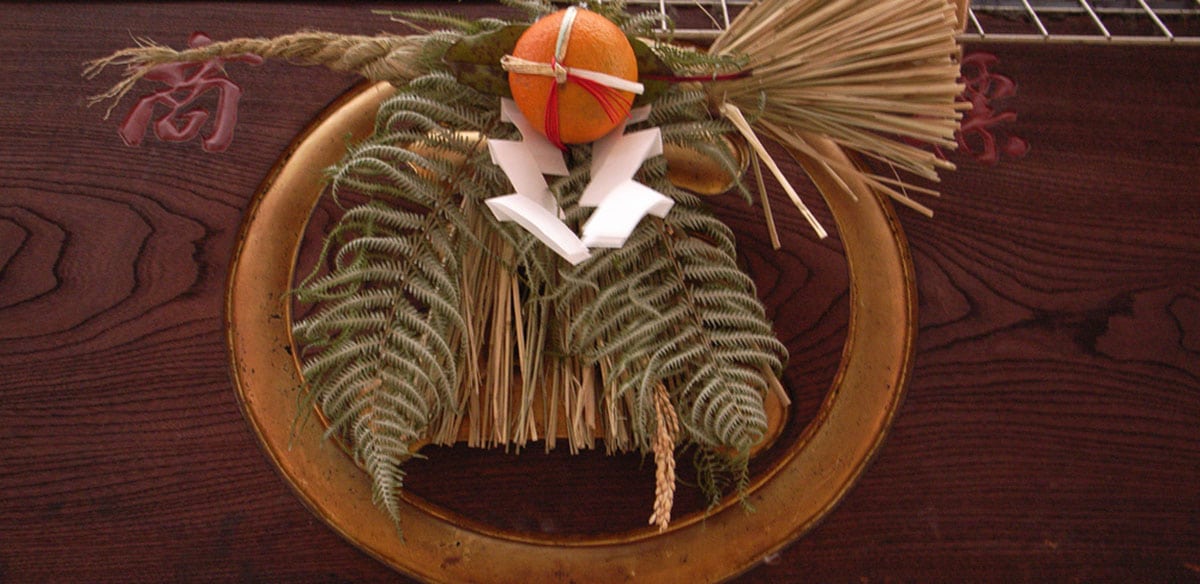
Following the Asian mentality, each year that ends is in the past and each year that begins provides new opportunities or a new beginning. So there are things that need to be completed, tasks that need to be done, commitments that need to be fulfilled. Before the end of the year, the farewell parties or bonenkai.
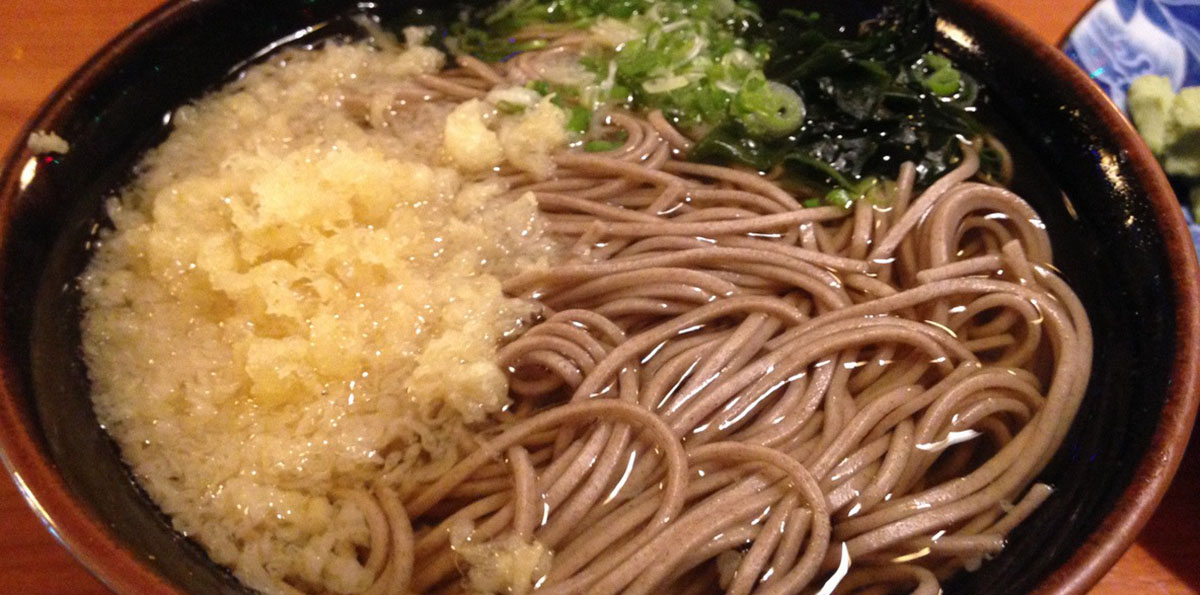
The houses and shops are decorated lavishly with objects made of bamboo, pine and cherry trees, houses are cleaned, clothes, everything must be fresh and new. On New Years Eve there are certain dishes that are traditional such as toshikoshi soba or wheat noodles that symbolize longevity. Other traditional dishes are the teddy what is sweet rice wine u ozoni, a soup with mochi. It is also made or directly bought the o-sechi ryori, a dinner composed of different ingredients that signify luck, prosperity, good health.
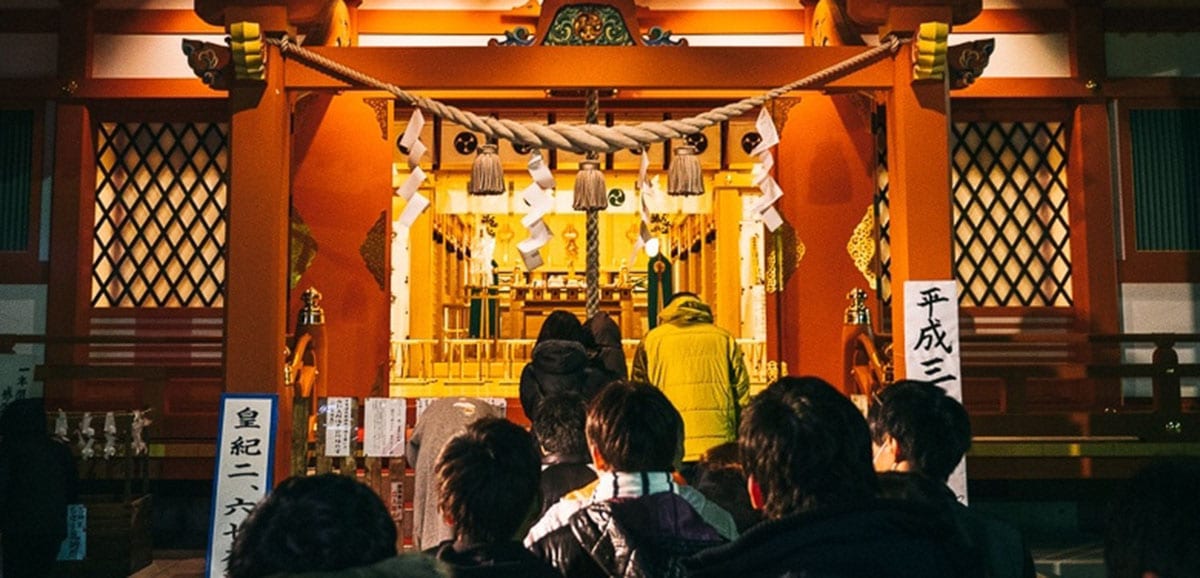
That same night people visit a temple around 12 and it also meets or is made parties to count down or watch the fireworks. In the temples, at midnight, the bells ring, sometimes 108 times, in an event called jewel no kane. The number represents the number of human desires according to Buddhism and the idea of the ritual is to leave behind the negative emotions of the previous year.
Those who stay at home also usually tune into a musical show called Kohaku Uta Gassen, with j-pop bands. In other times there were games that were popular like the hanetsuki, Japanese badminton, To fly kites or takoage or card games like karuta. Unfortunately they have been a bit out of use.
The day January 1, official start of the New Year, it is a day full of omens and the best act to receive it is stay to see the sunrise. The first sunrise of the year is called hatsu hinodeAfter that day, it's about living without stress or worry. The visit a temple, hatsumodeIt is also the order of the day and it is tradition that women wear a traditional kimono on this visit. In Tokyo a popular temple is the Meiji Shrine, but you can visit it on January 1, 2 or 3. Even so during these days this sanctuary explodes with people.
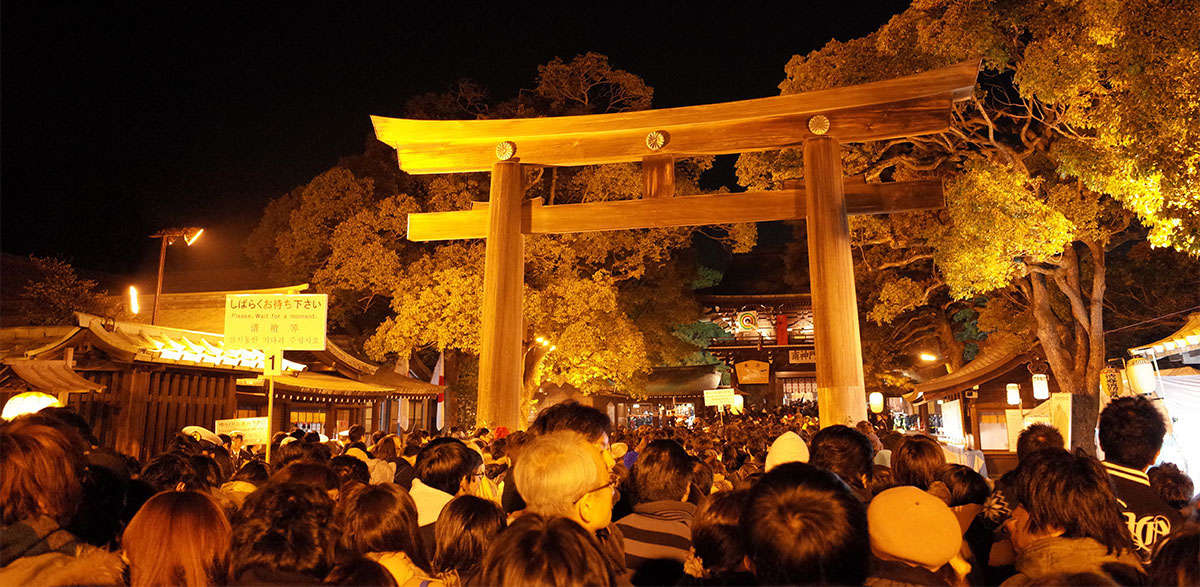
The atmosphere in these temples and sanctuaries is great so if you go for these dates you will have a great time. There are food stalls, lots of people praying or buying lucky charms. It's cool, though populous. In Tokyo it is the Meiji Shrine, in Kyoto it is Fushimi Inari Taisha, in Osaka it is Sumiyoshi Taisha and in Kamakura it is Tsuruoka Hachimangu. They are popular places and the usual thing is to wait to reach the main hall to pray.
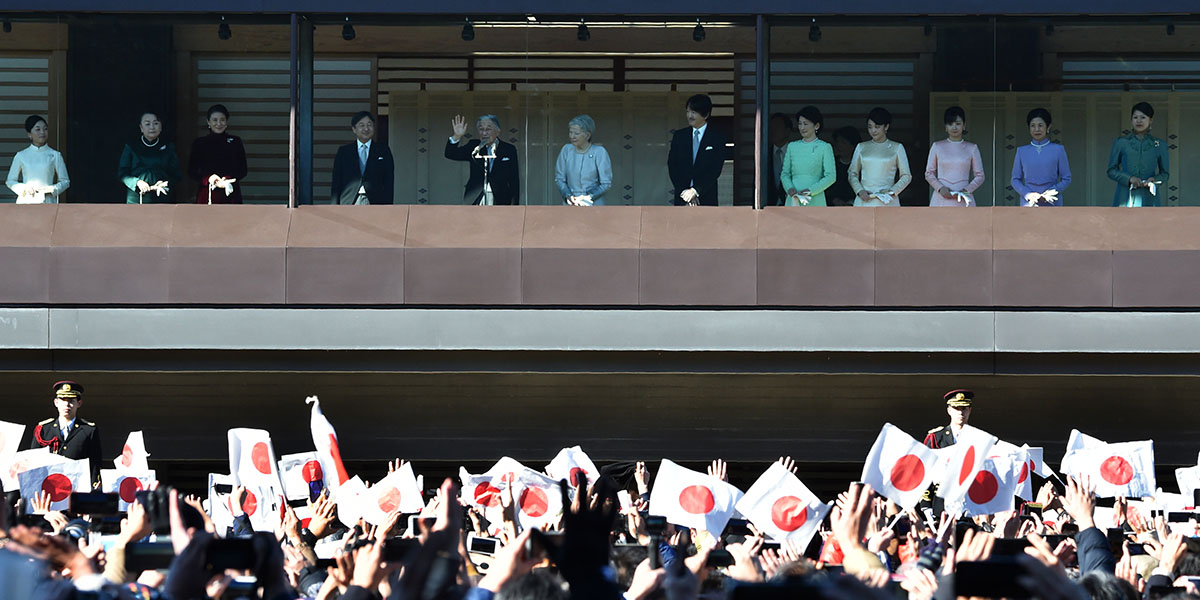
El January 2 tradition indicates that the emperor makes a public appearance at the Imperial Palace in Tokyo. It only appears twice a year, which are the two times when the interior gardens of the palace are open to the public. On New Years and on the sovereign's birthday. For this reason, many people usually approach the palace to see the emperor and his family appearing on a balcony behind armored glass several times that day from 10 am and no later than 2 in the afternoon.
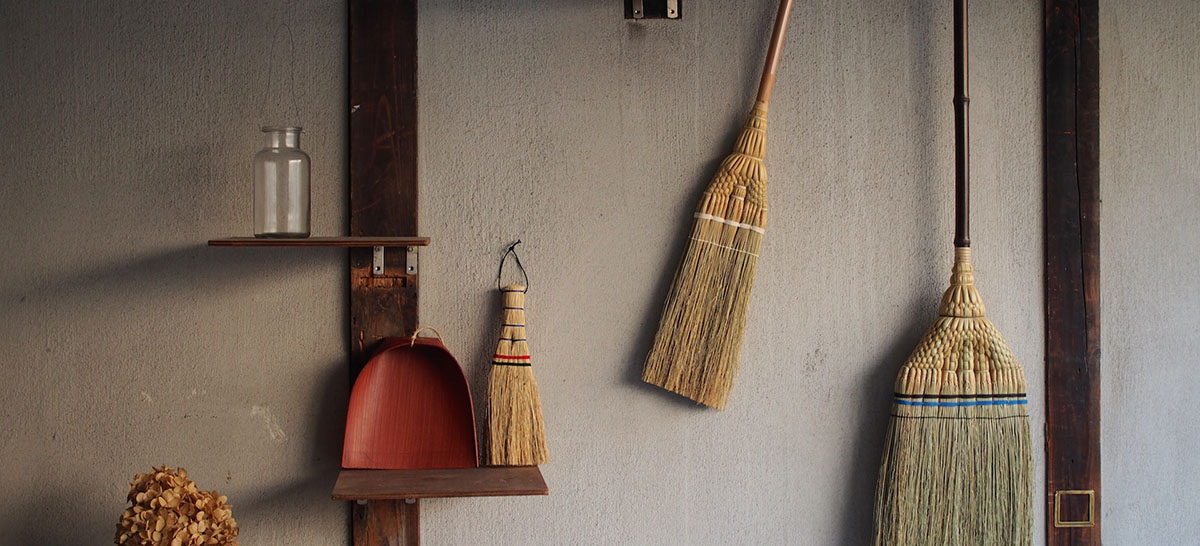
The new year is also time for clean and tidy and leave the house impeccable to start the new year free of everything. This great cleaning is called oosouji And it includes home nooks that are sure to go unchecked during the year, like the floor under the refrigerator and stuff. If there are children in that house, a custom is give them money in an envelope. this is called otoshidama.
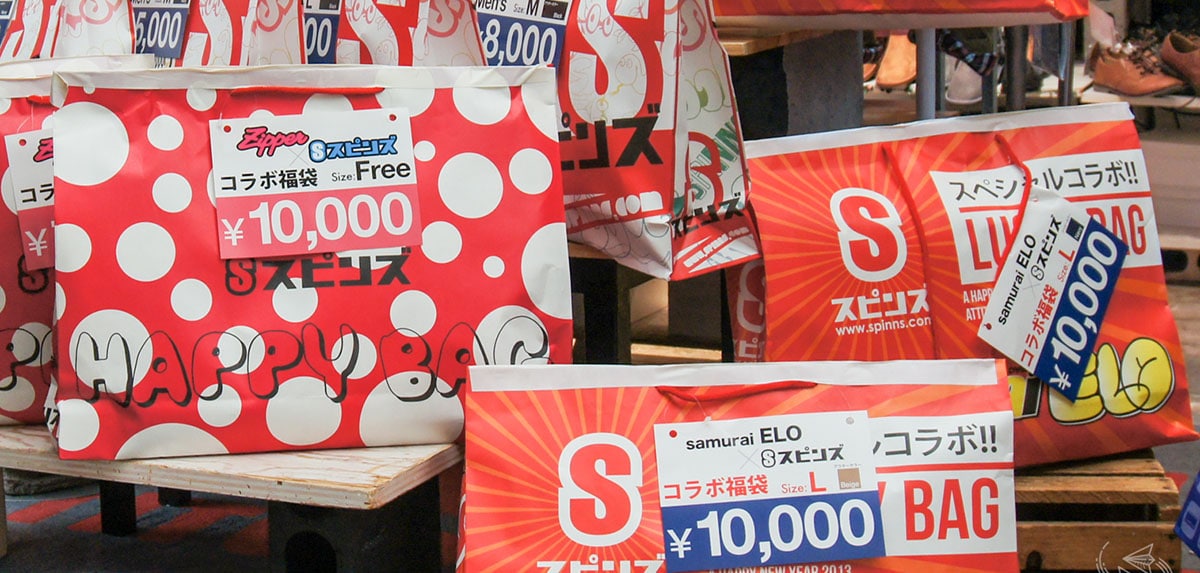
If you are on the street you will see that many people approach the stores and buy some bags at different prices. They do not know what is inside and it is part of the surprise of this custom called fukubukuro, surprise bags, and they literally fly because they are very, very popular.
Of course, being a country where so many people live the last week of December and the first of January are troublesome to get around. If you do go, the advice is that you stay in one place and enjoy yourself, do not try to move a lot because the trains, airports and buses explode with people who are going to visit their families. Between January 4 and 5, the hectic movement ends.
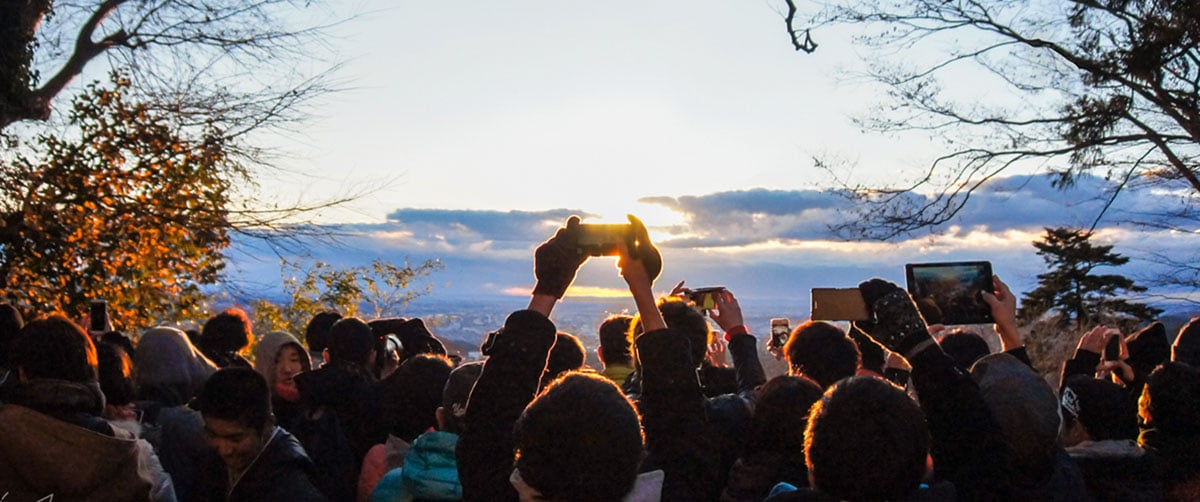
Also, in general you will see that many shops, banks or tourist attractions close sometime between December 29 and January 4, so that limits what you can do. Forget about museums, but in return you have all shrines and temples open. Nowadays there are fewer stores that close, although on January 1 it is almost a rule without exception. The same are the restaurants, although some are open on New Year's Eve with special menus.
As a tourist, a nice New Year's night would be to go to dinner at the Tokyo Skytree and then move to enjoy the popular festivities in Shibuya. That is my plan for next year.
